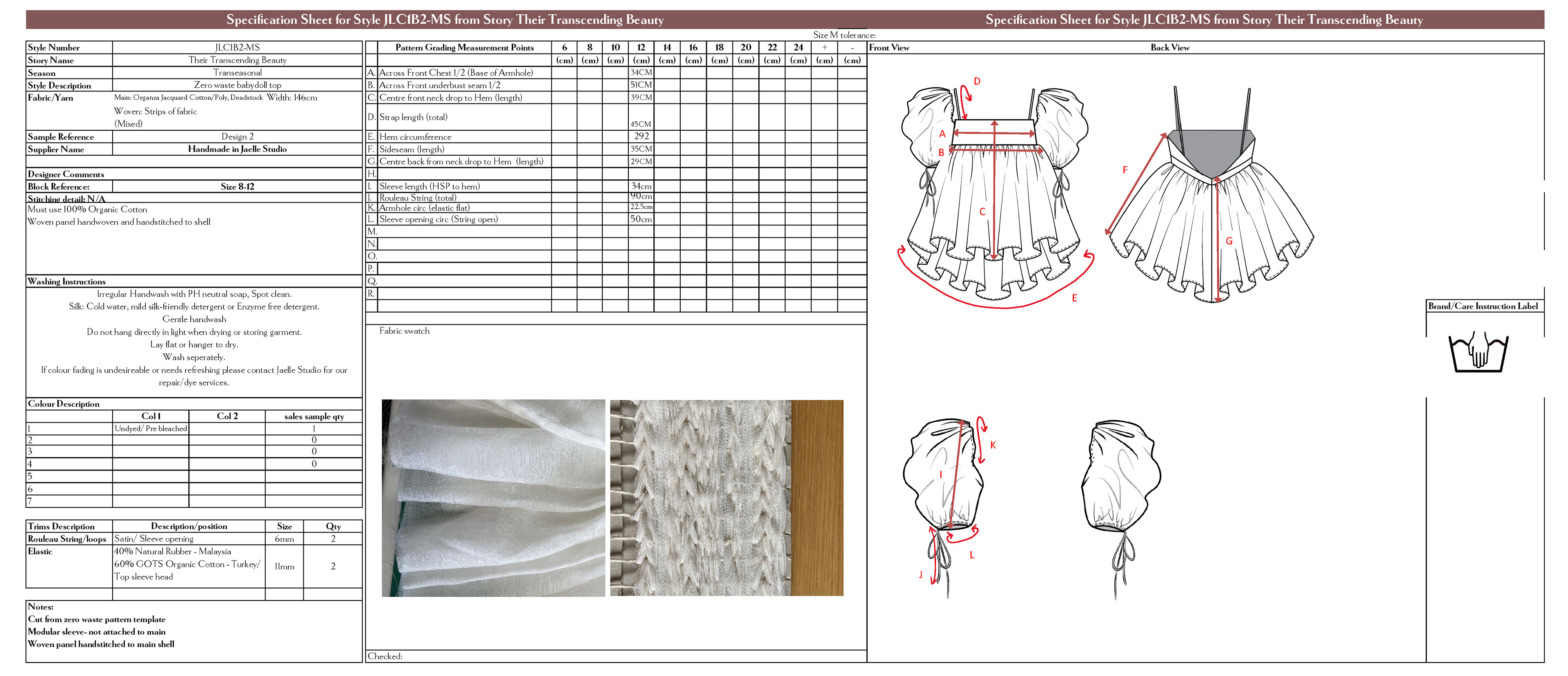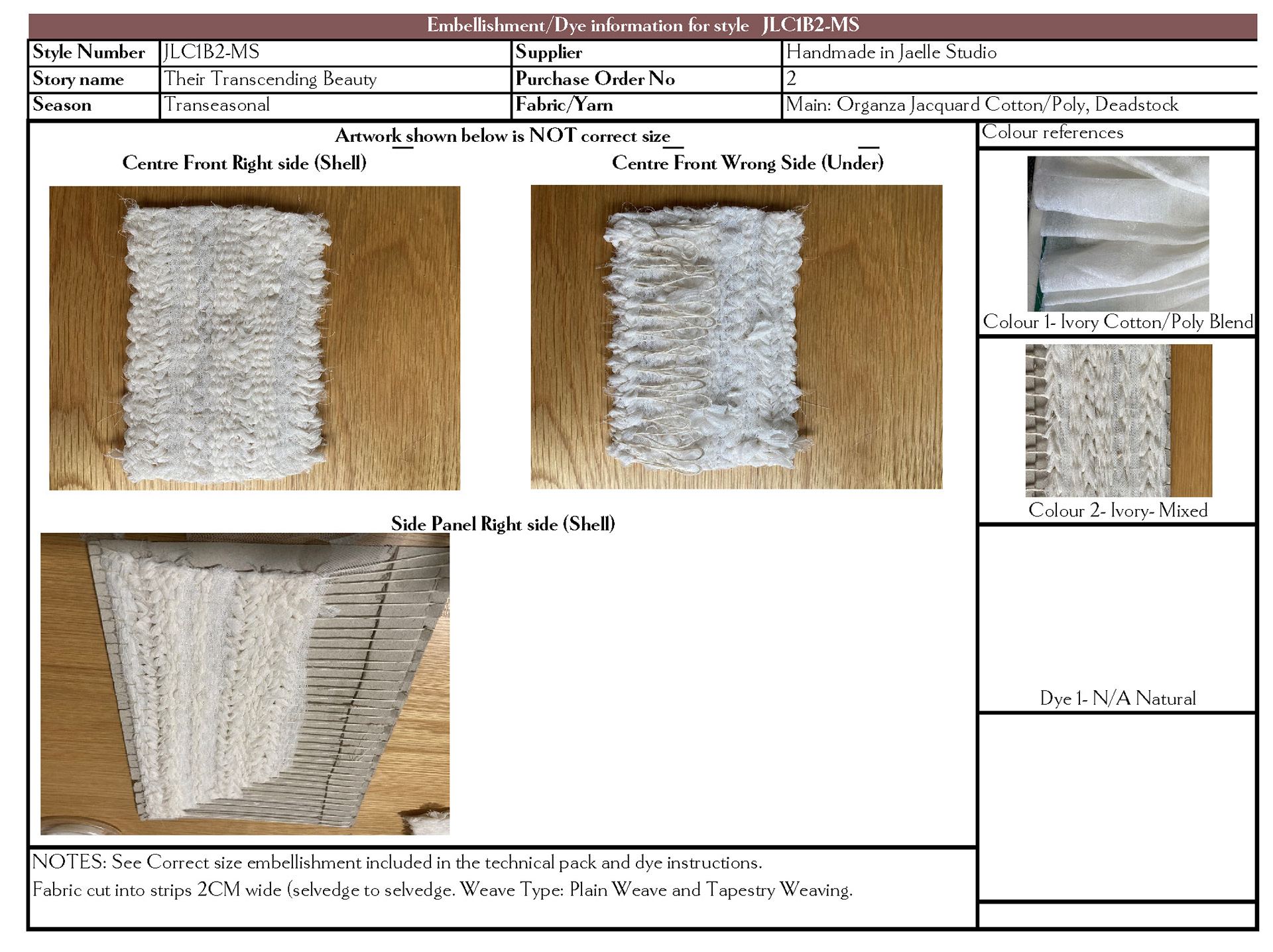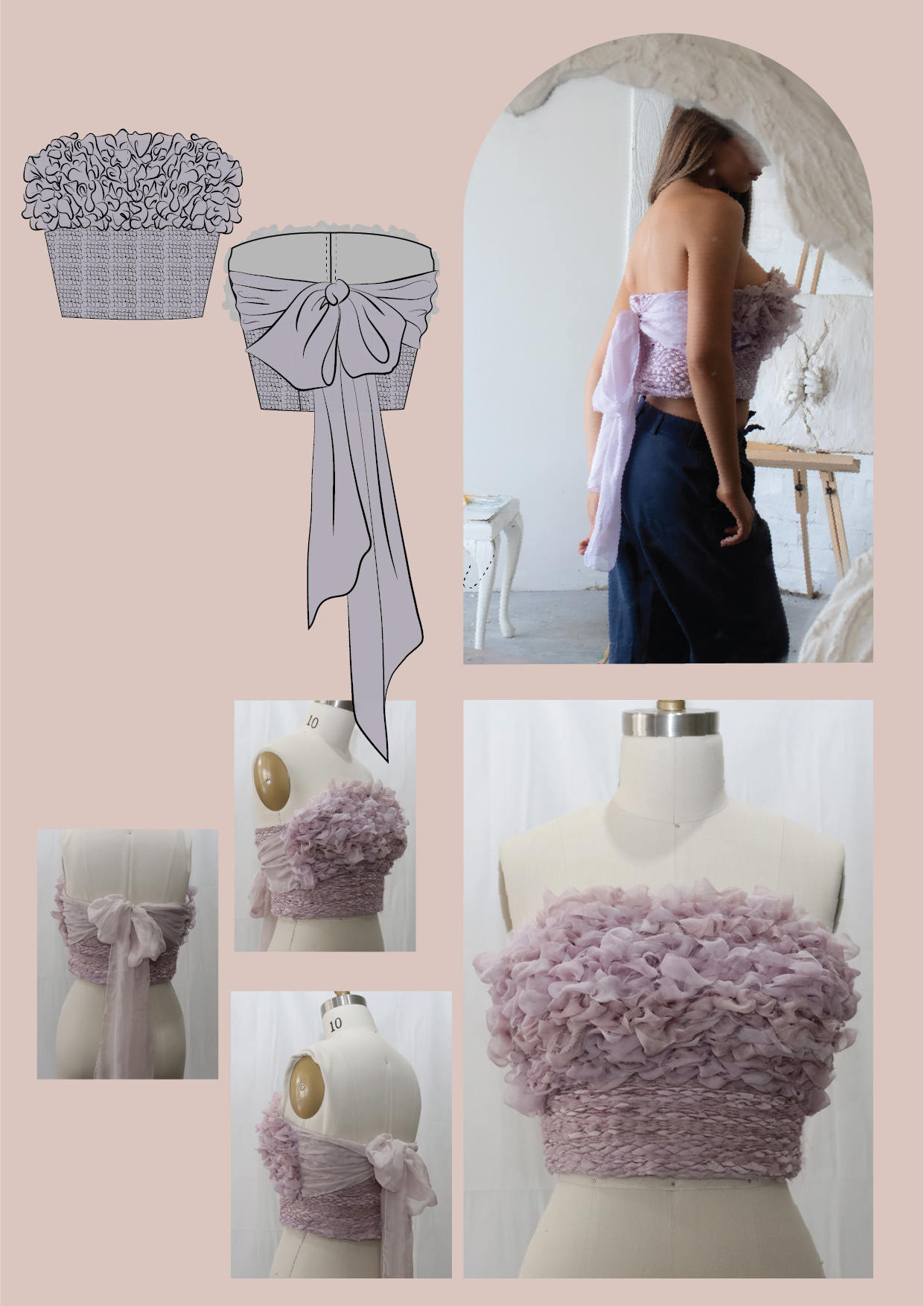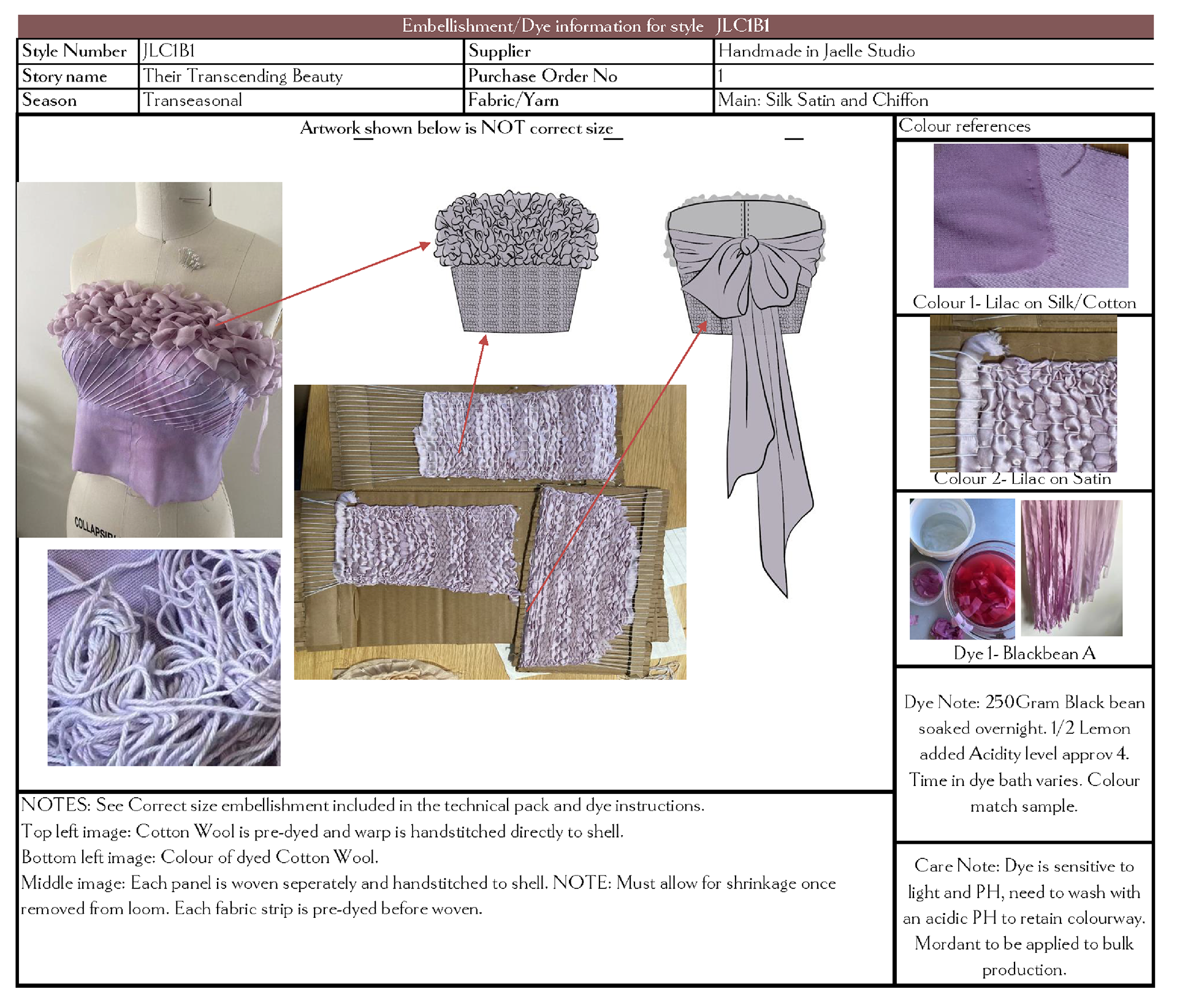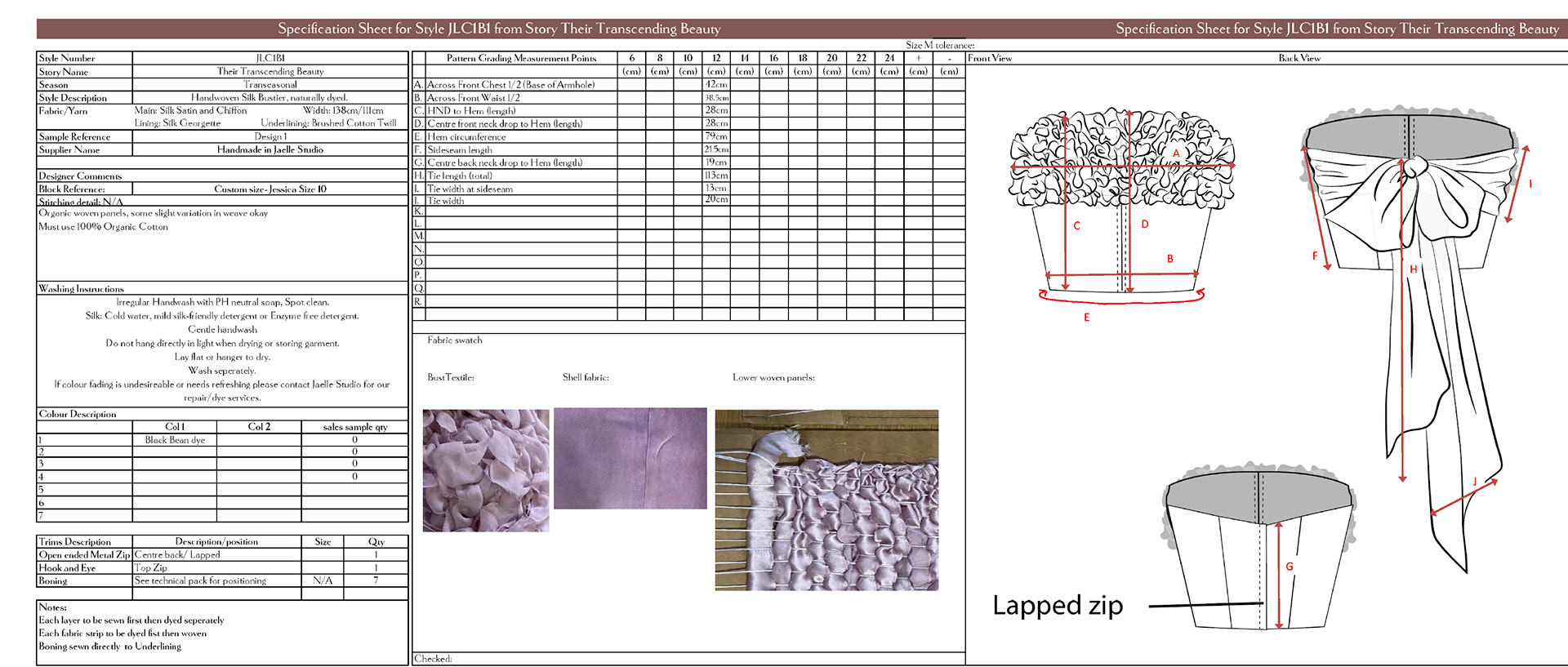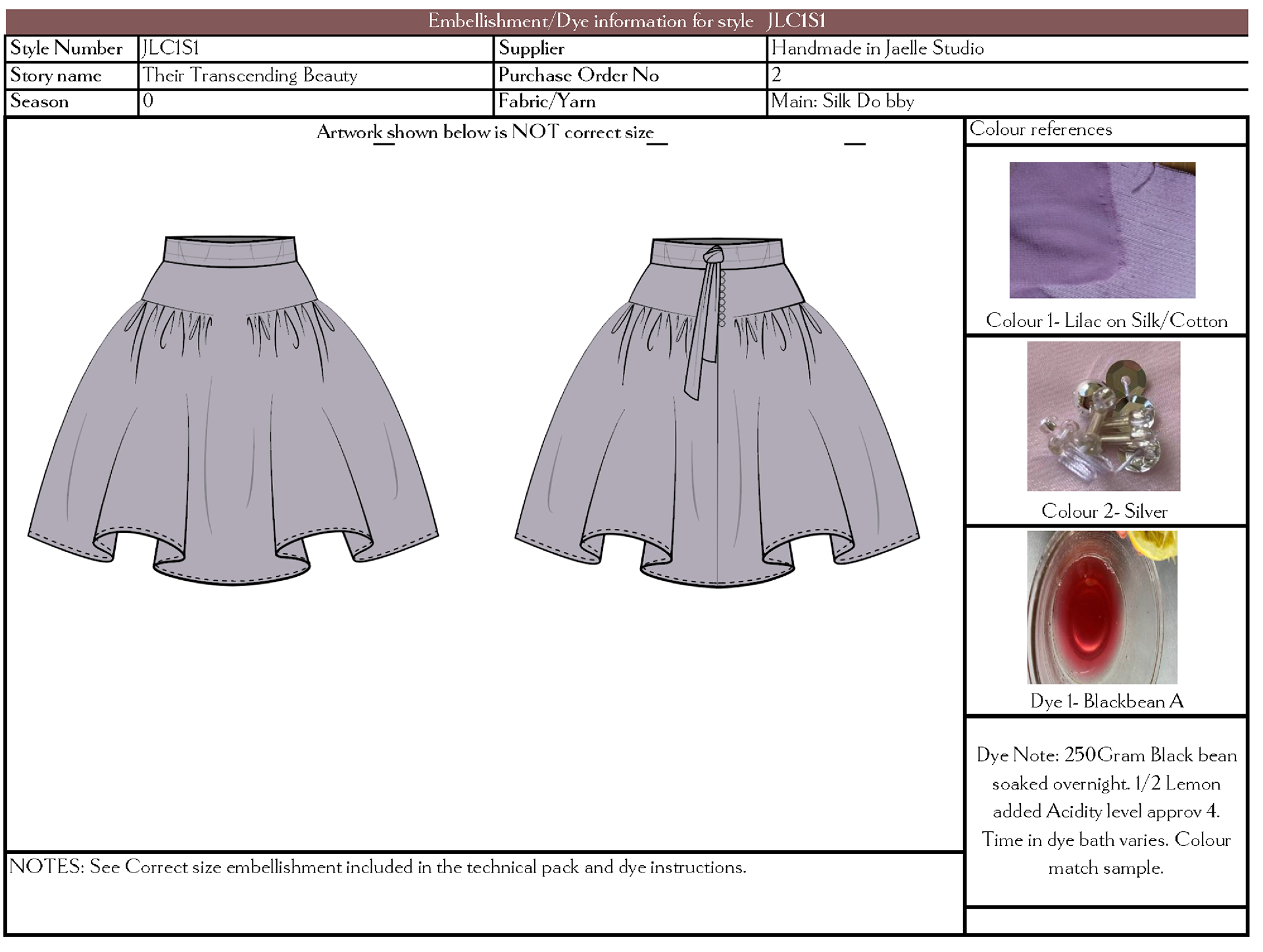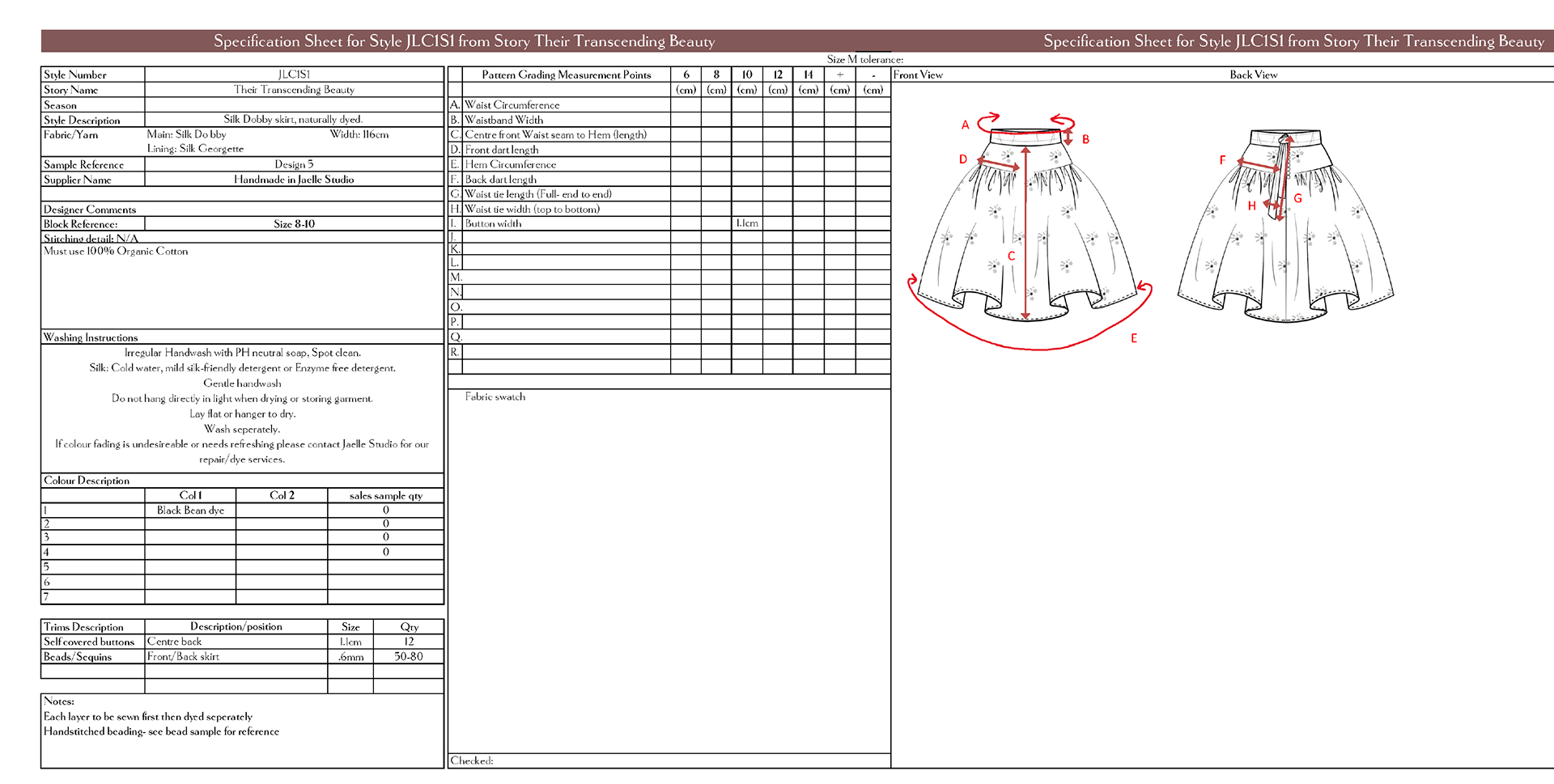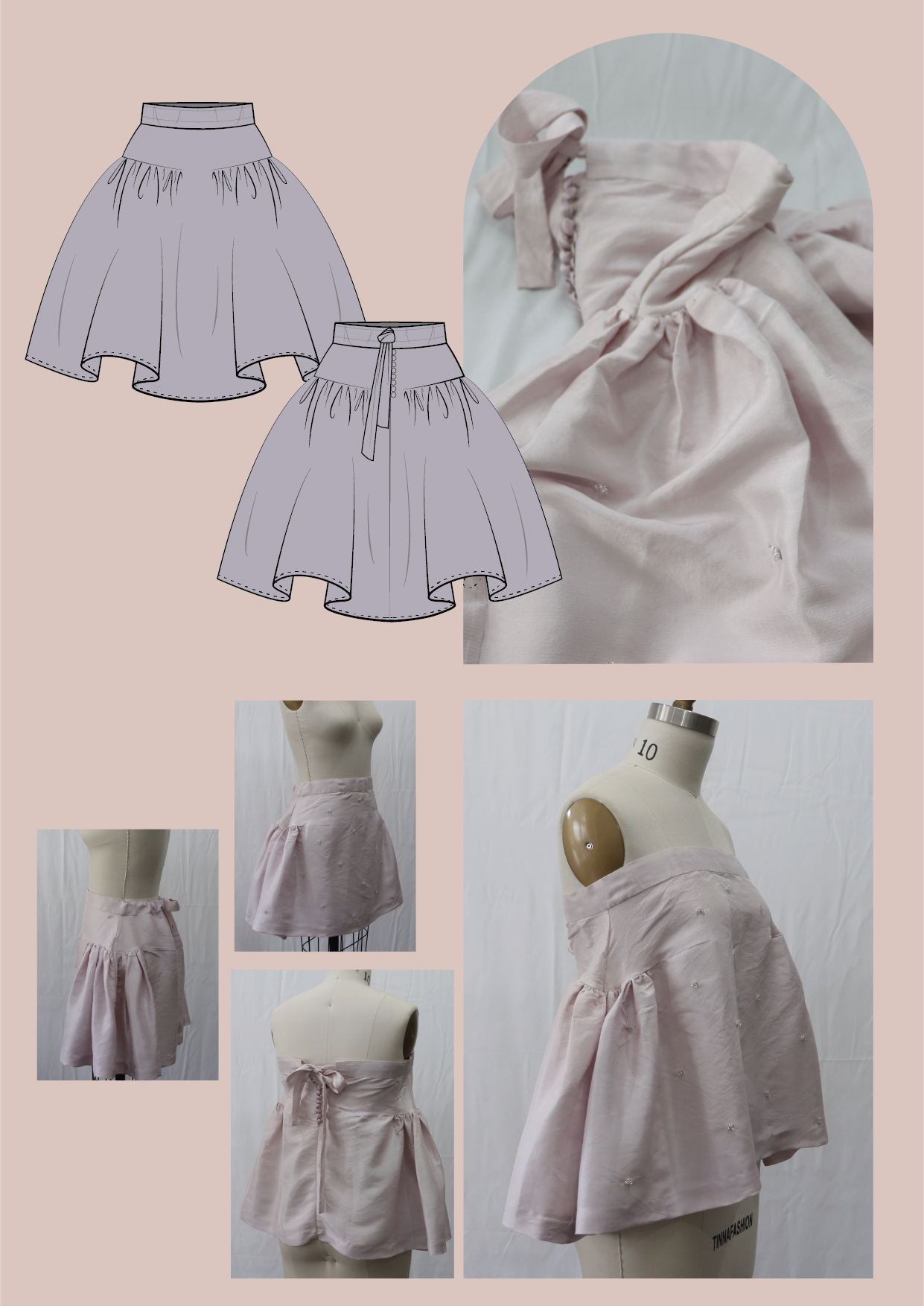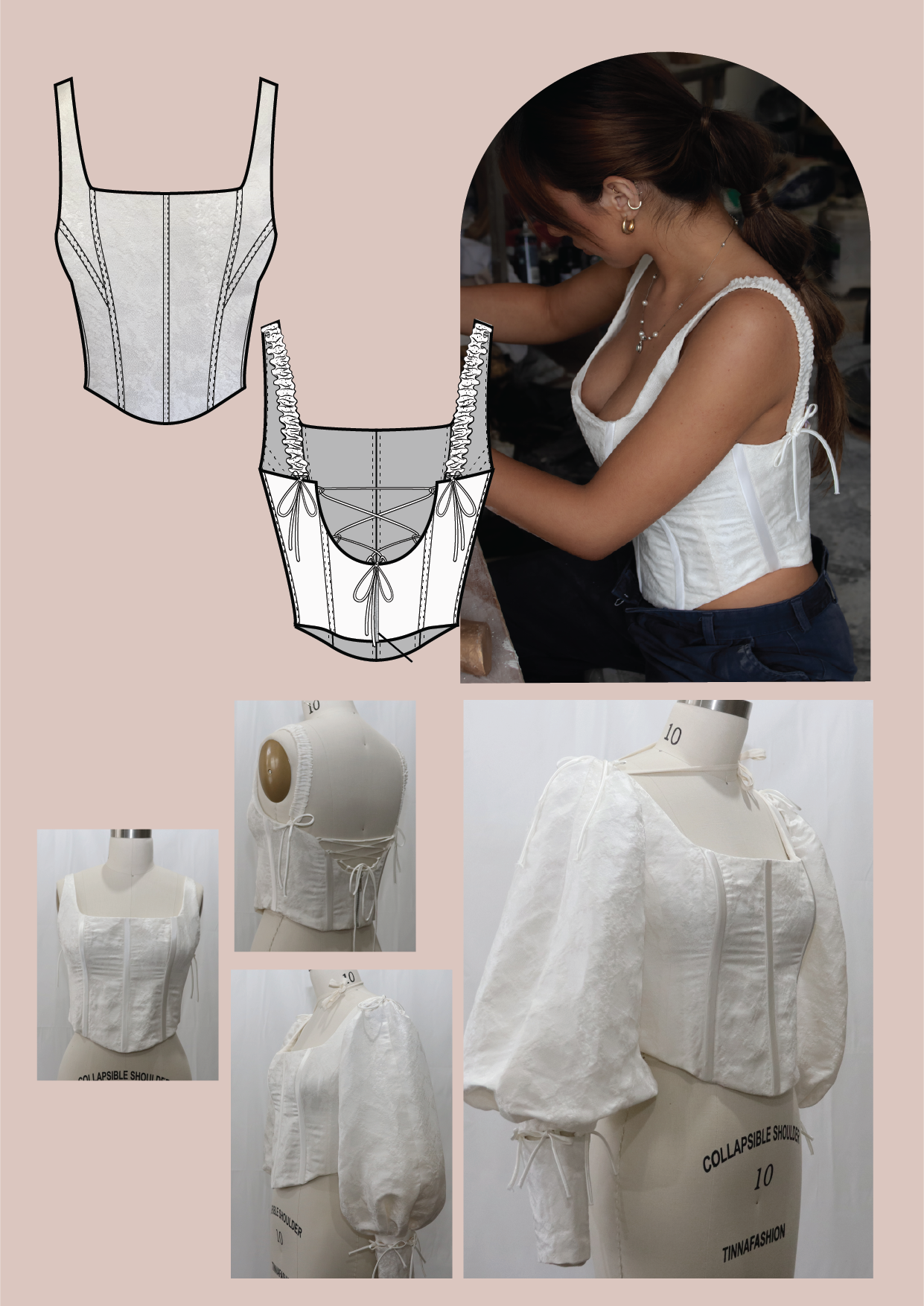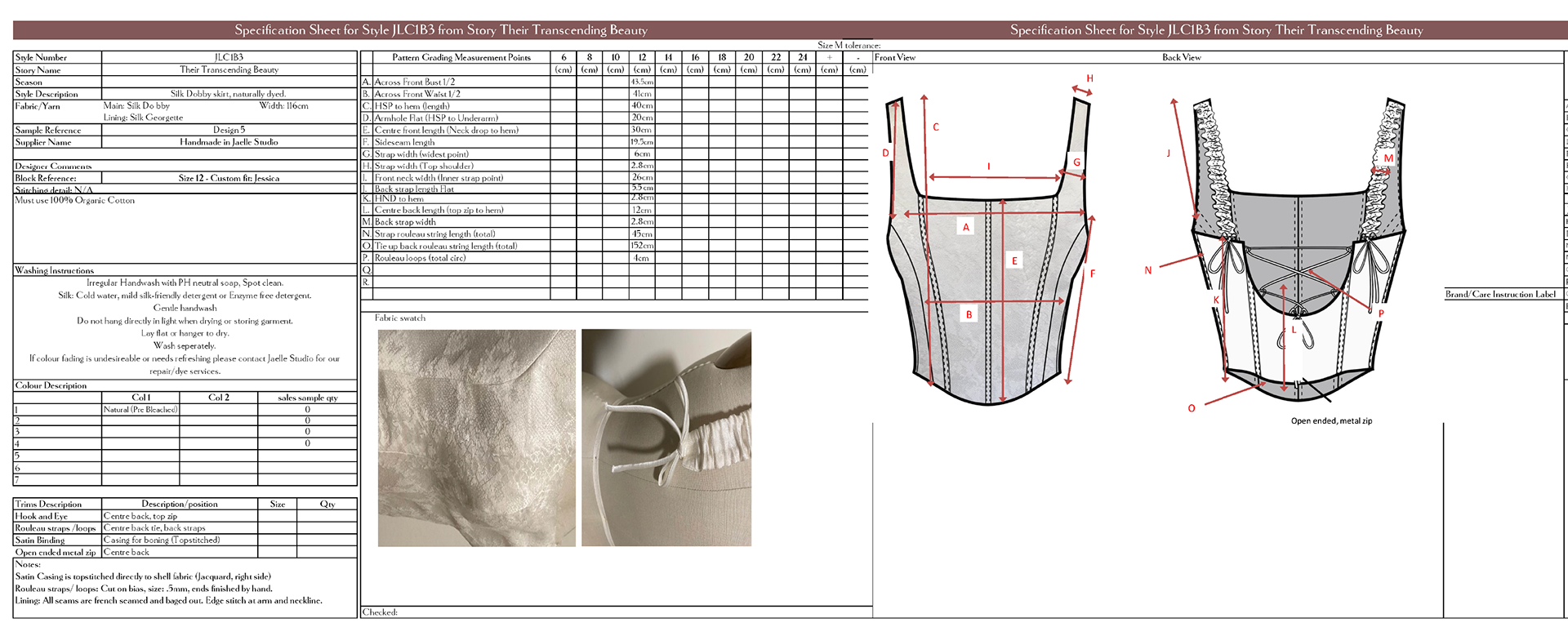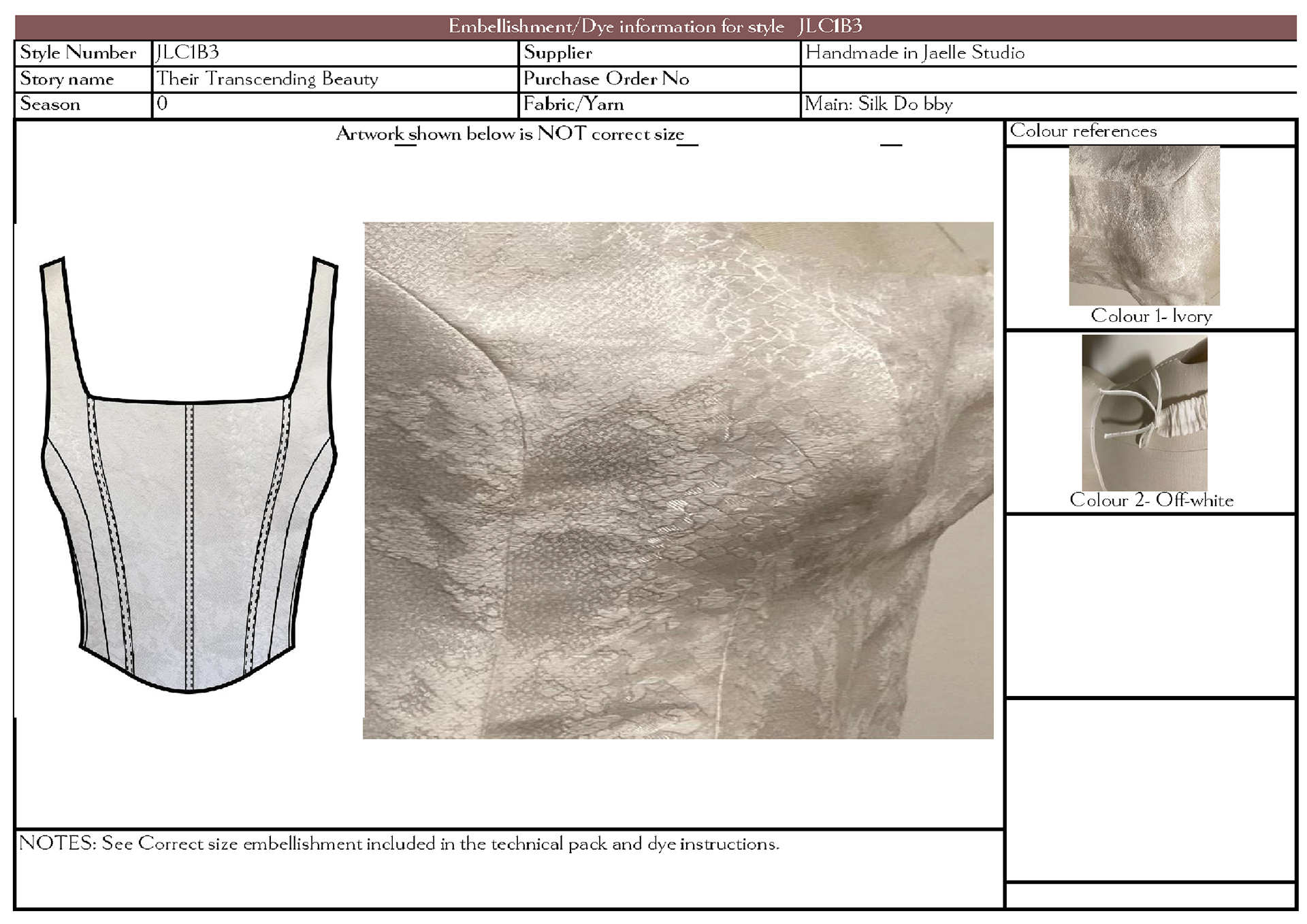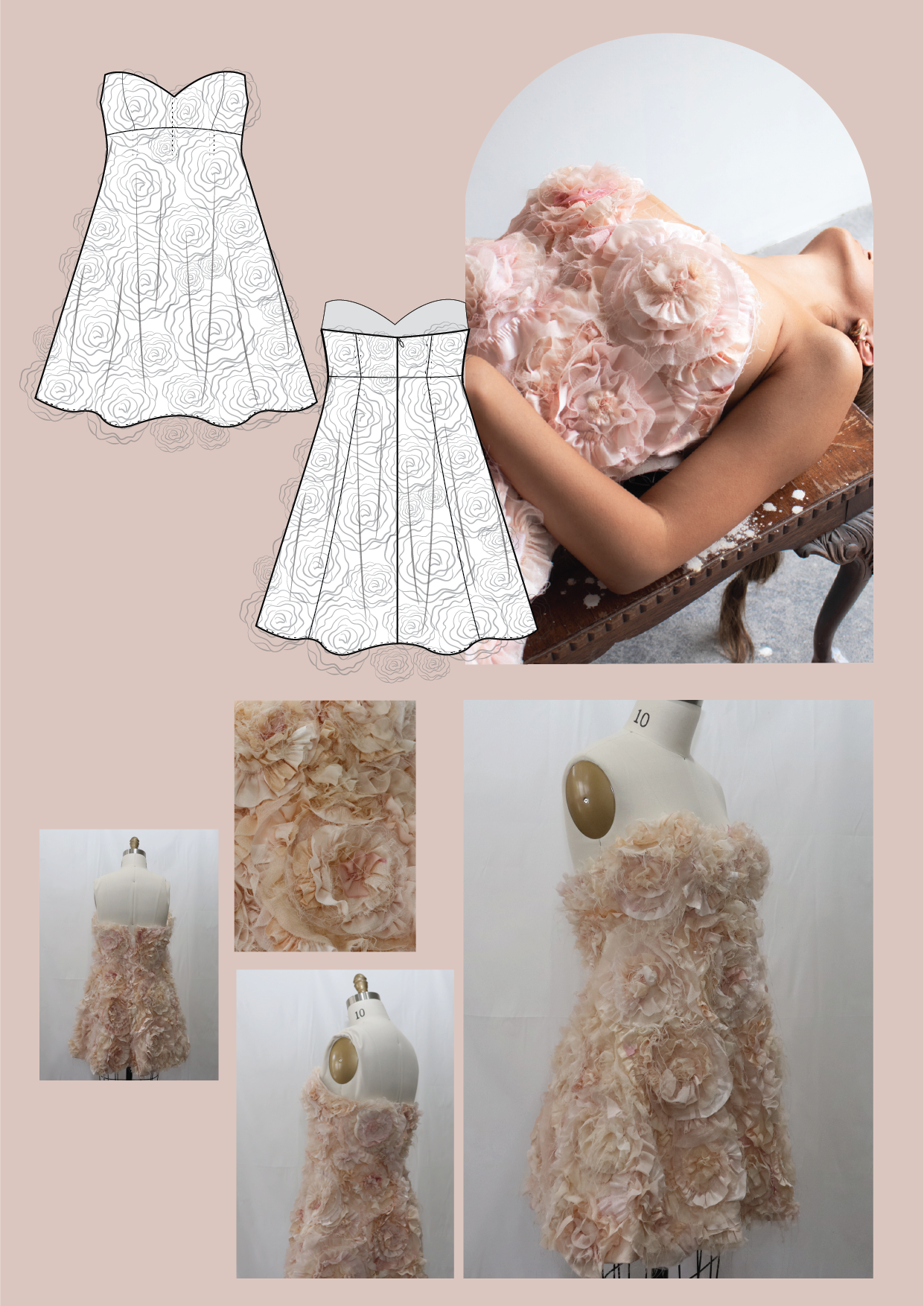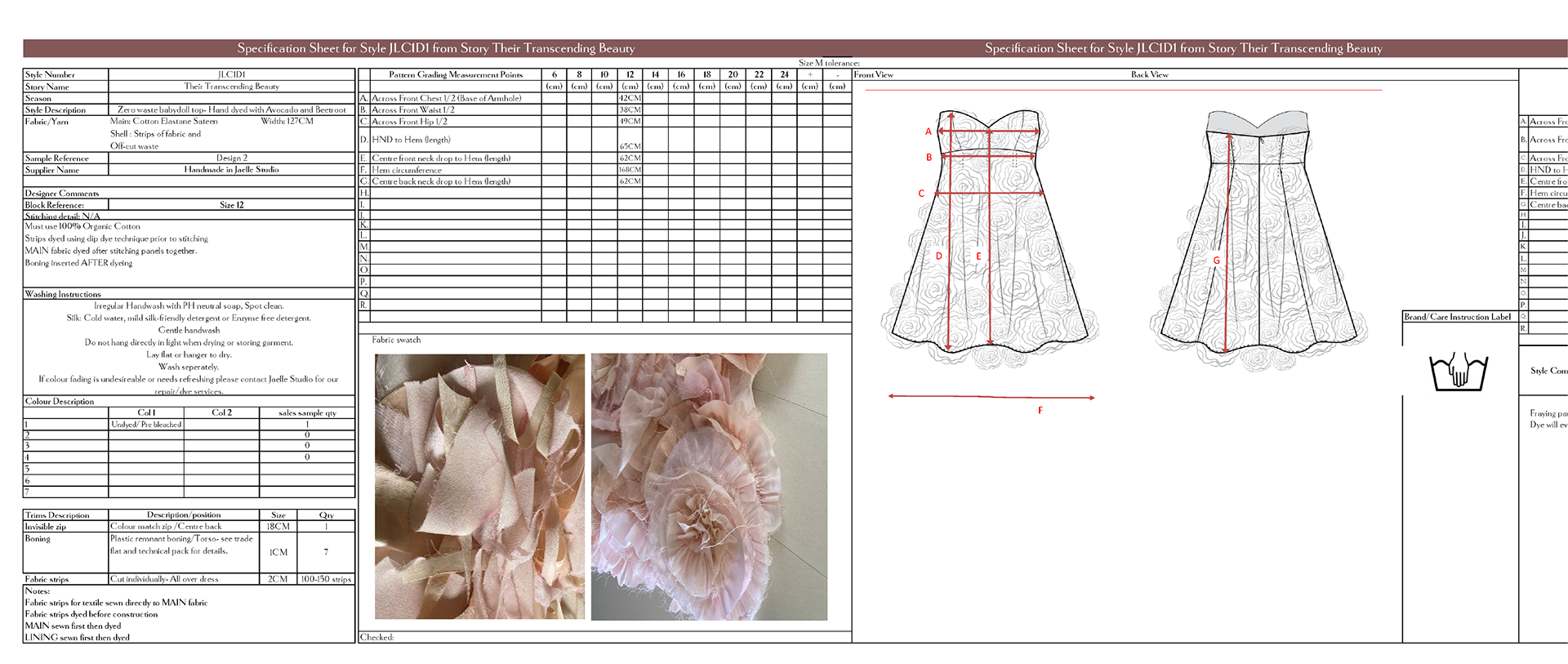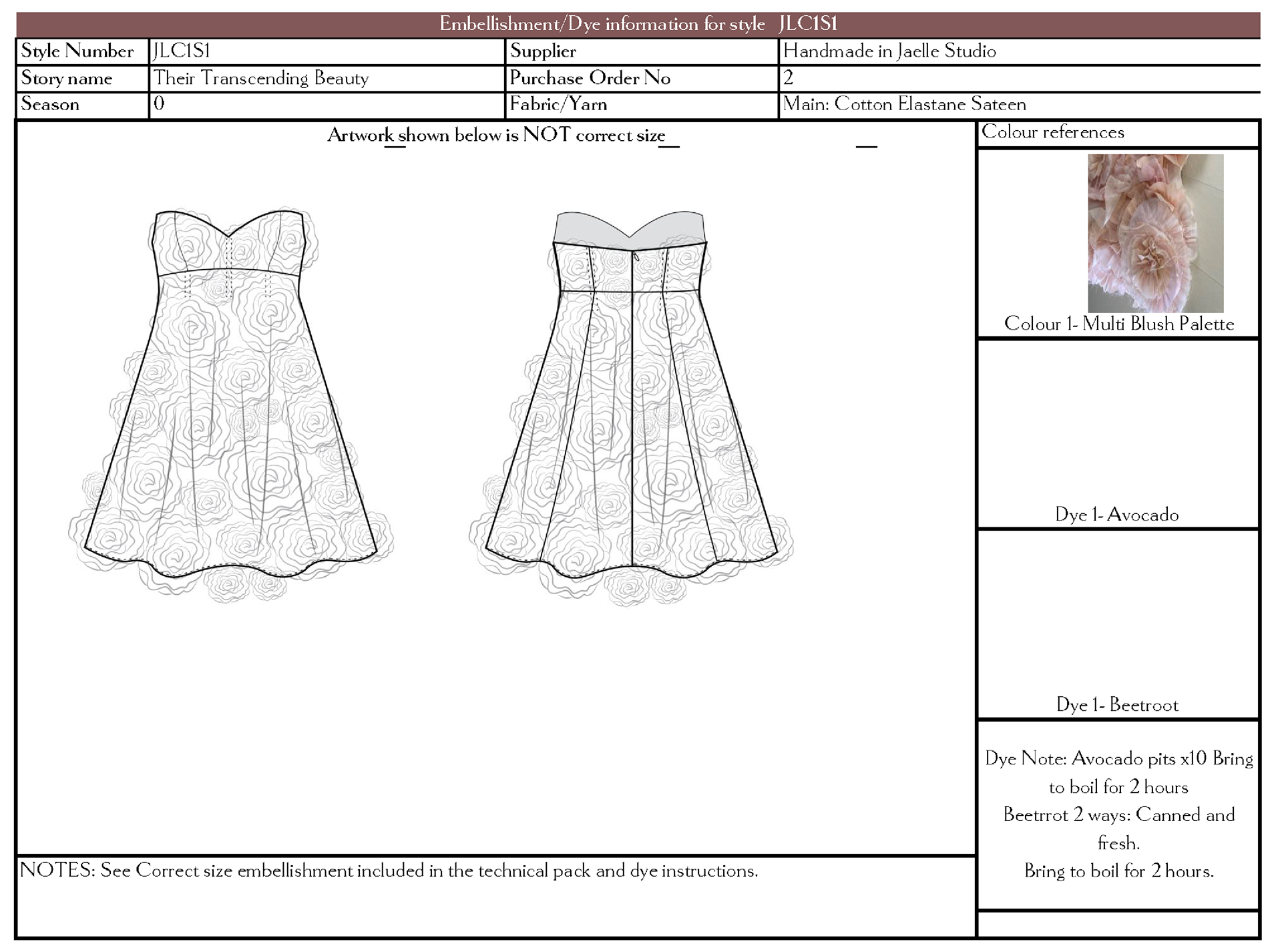This collection was designed and handcrafted by me for an academic project.
At the design stage of product development, the core values guide all design and manufacturing decisions. Firstly, the raw materials used are based on the following considerations: Environmental impact, Renewability and Sustainability value. The second consideration is reducing existing textile waste, which has two considerations: Natural fibres and Second-hand Synthetic fibres. Preferred fibre choice in this category is deadstock natural fibres such as Silk and Cotton due to its Renewability and Sustainability credentials. The second choice, Synthetic fibres, which are produced using toxic methods harmful to people and planet, are used in the collection to revert synthetic textile waste from landfill. Furthermore, upcycling second-hand synthetic materials, highlights the value in utilising textile waste, over generating new synthetic materials.
"Upcycling deadstock and second-hand materials to revert from landfill."
At the production stage of product development, the following sustainable practices are incorporated into one or more designs; zero-waste pattern making, textile and embellishment created from waste materials and natural dyes. Zero waste pattern making ensures minimal to no waste is created, materials using this method are considered highly valuable and it’s an important philosophy in the development of the collection. Secondly, traditional pattern making methods undesirably create waste through the production process, however waste is used to create unique and beautiful textiles.
"Colour derived from food waste to eliminate harmful chemicals".
The natural dye process in this collection utilises waste from other industries, such as food waste and eliminates harmful chemicals that are used when producing synthetic dyes. The colours seen in the collection were hand curated with extensive natural dye experimentation. The design process ensures that each design can fall within one of the following extended life processes; Repair, Re-design, Re-dye and Upcycle. At the products final stage of life, the designs completely natural will biodegrade and the designs that incorporate synthetic materials will be either archived or sent to a textile recycling centre within Australia, such as Textile Recyclers Australia.
